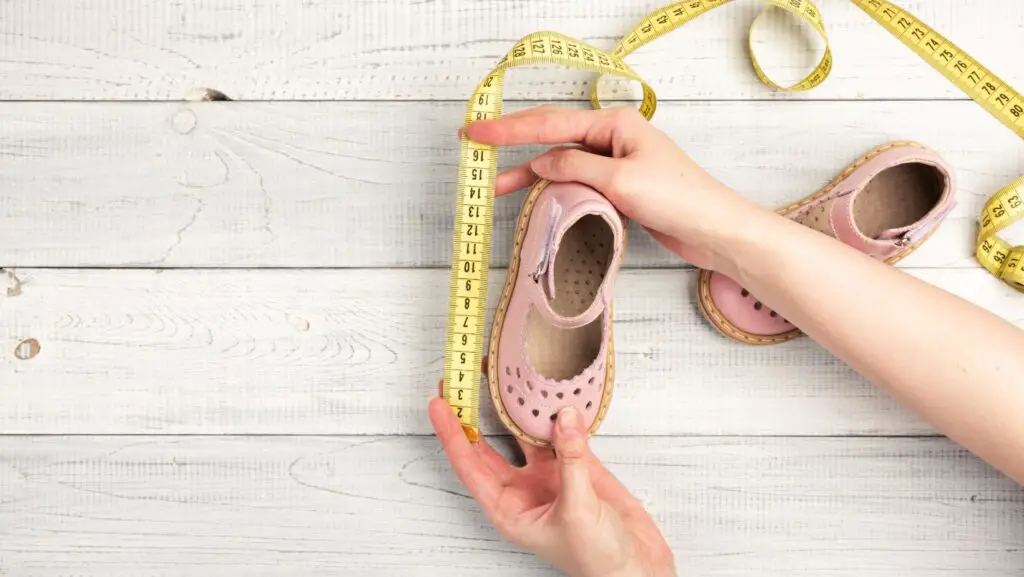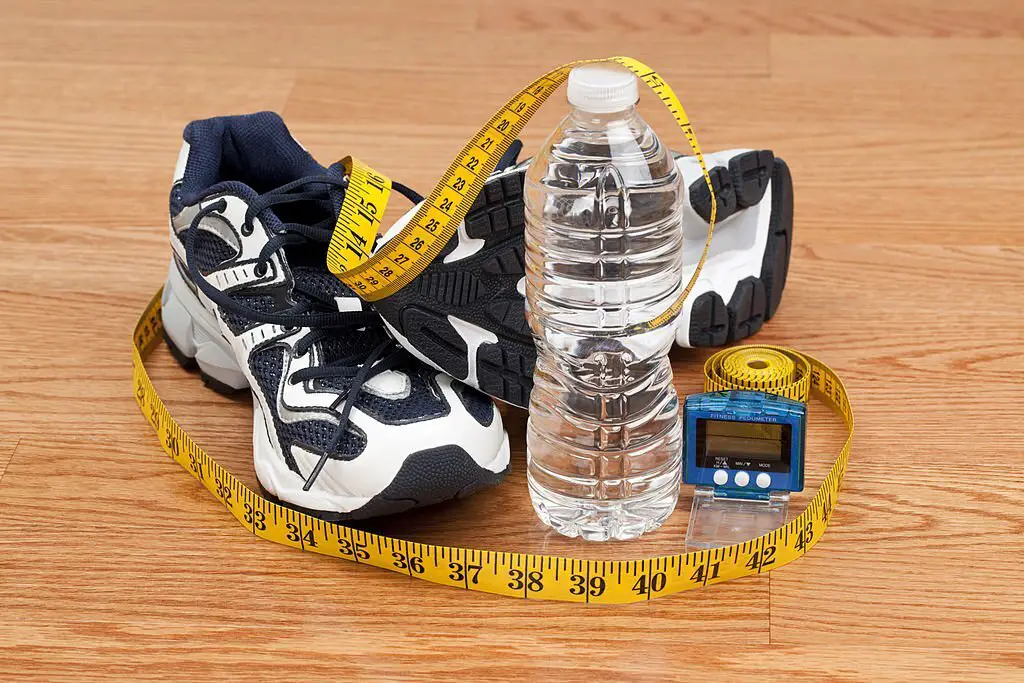Selecting the perfect shoe might seem like a walk in the park, but it becomes a whole different ball game when you have to decipher how to measure shoe size. That’s where our expertise steps in, helping you understand the ins and outs of shoe sizing.
Contents
- 1 Introduction
- 2 The Importance of Accurate Shoe Size Measurement
- 3 Tools Required for Shoe Size Measurement
- 4 The Brannock Device: A Traditional Approach
- 5 How to Measure Shoe Size at Home?
- 6 Special Considerations: Children’s Shoe Sizes
- 7 Special Considerations: Wide or Narrow Feet
- 8 Understanding Shoe Size Charts
- 9 Common Shoe Size Measurement Mistakes
- 10 Taking it One Step Further: Online Shoe Sizing Tools
- 11 FAQs
- 12 Conclusion
Introduction
Whether you’re shopping for trendy sneakers or practical work boots, knowing how to measure shoe size is crucial. A pair that fits like a glove not only complements your fashion sense but also contributes to overall foot health and comfort.
The Importance of Accurate Shoe Size Measurement
Why Size Matters?
An ill-fitting shoe is like a pebble in your shoe – it’s small, but you can’t ignore it. Wearing shoes that are too tight can lead to bunions, corns, and other painful foot conditions. On the flip side, too loose shoes can cause blisters and lack of stability.
The Impact on Foot Health
Long-term use of improperly fitting shoes can even alter your foot’s structure and gait, leading to issues such as plantar fasciitis or hammertoes. Hence, it’s essential to have your shoe size on your fingertips (or should we say toe-tips?)
Tools Required for Shoe Size Measurement
The Basics
To measure your shoe size at home, you’ll need a flat surface, a piece of paper, a pencil, and a ruler. Make sure to wear the type of socks you’d usually wear with the shoes you plan to buy.
Professional Tools
Professionally, a Brannock device is often used to determine shoe size accurately. It can measure the length, width, and arch length of the foot, providing a comprehensive sizing guide.
The Brannock Device: A Traditional Approach
Understanding the Brannock Device
This metal plate with various sliding parts may seem intimidating, but it’s your best bet for a precise shoe size measurement. The device has separate scales for men’s, women’s, and children’s shoes, making it a versatile tool.
How to Use the Brannock Device?
Stand with your heel snugly at the back of the device. The width bar should be directly under the ball of your foot. The length is then measured from your largest toe to the heel. To ensure you get the correct width, take a measurement at the widest part of your foot.

How to Measure Shoe Size at Home?
Step-by-Step Guide
- Place your foot on a piece of paper on a flat surface.
- Draw a line behind your heel and another in front of your longest toe.
- Measure the distance between the lines in inches or centimeters.
- Use this measurement to find your shoe size on a shoe size chart.
Special Considerations: Children’s Shoe Sizes
Growing Feet
Children’s feet grow quickly, so it’s crucial to measure their shoe size regularly. Many experts recommend checking every few months, especially during growth spurts.
Ensuring the Perfect Fit
Children might not express discomfort from ill-fitting shoes, so make sure there’s about a thumb’s width between the front of the shoe and the longest toe.
Special Considerations: Wide or Narrow Feet
Identifying Your Foot Width
Foot width is as important as length when it comes to finding the perfect pair. Some people have wide feet, while others have narrow ones. But don’t worry, most shoe manufacturers cater to these variations.
Finding Shoes for Unique Foot Widths
Check for shoe brands that offer width options, so whether your feet are broad or slender, you can stride in style and comfort.
Understanding Shoe Size Charts
International Variations
Shoe size can vary between countries. A US size 8, for instance, is a UK size 6 and a European size 39. So, when ordering from an international brand, always check their shoe size conversion chart.
Using Shoe Size Charts
Shoe size charts correlate foot length with shoe sizes. So once you’ve measured your foot, you can easily look up your size.
Common Shoe Size Measurement Mistakes
Wrong Time of the Day
Believe it or not, our feet tend to swell as the day goes on. So, it’s best to measure shoe size in the evening when your feet are at their largest.
Not Considering Both Feet
Most people have one foot that’s slightly larger than the other. Always measure both feet and use the larger size to find your shoe size.
Taking it One Step Further: Online Shoe Sizing Tools
Online shoe retailers often provide printable foot measuring tools or interactive size guides. These can help you get a more accurate measurement and reduce the chances of returns.
FAQs
- Why is it necessary to measure both feet while finding shoe size?
- Most people have one foot slightly larger than the other. It’s best to fit shoes to the larger foot for maximum comfort.
- What is the best time to measure shoe size?
- The best time to measure your foot is in the evening, as our feet tend to swell throughout the day.
- Can shoe size affect foot health?
- Yes, wearing the wrong shoe size can lead to various foot problems, including bunions, corns, and plantar fasciitis.
- How often should children’s shoe sizes be measured?
- Children’s feet grow quickly, so their shoe size should be checked every few months, especially during growth spurts.
- What is a Brannock device?
- A Brannock device is a professional tool used to measure the length, width, and arch length of the foot for accurate shoe sizing.
- Do all brands follow the same shoe size?
- Not necessarily. Shoe size can vary among brands, so it’s always best to check the brand’s specific size chart.
Conclusion
Knowing how to measure shoe size is a fundamental step in finding a pair that provides both comfort and style. By using these expert tips and tricks, you can walk the walk in shoes that fit like a dream, boosting your confidence and foot health. Remember, your feet carry you through life, so they deserve the best possible care!

I am an accomplished footwear blogger with a keen eye for style and a passion for shoes. My deep-rooted love affair with footwear began at a young age when I would spend hours perusing shoe stores, admiring the intricate designs and imagining the stories they could tell.

